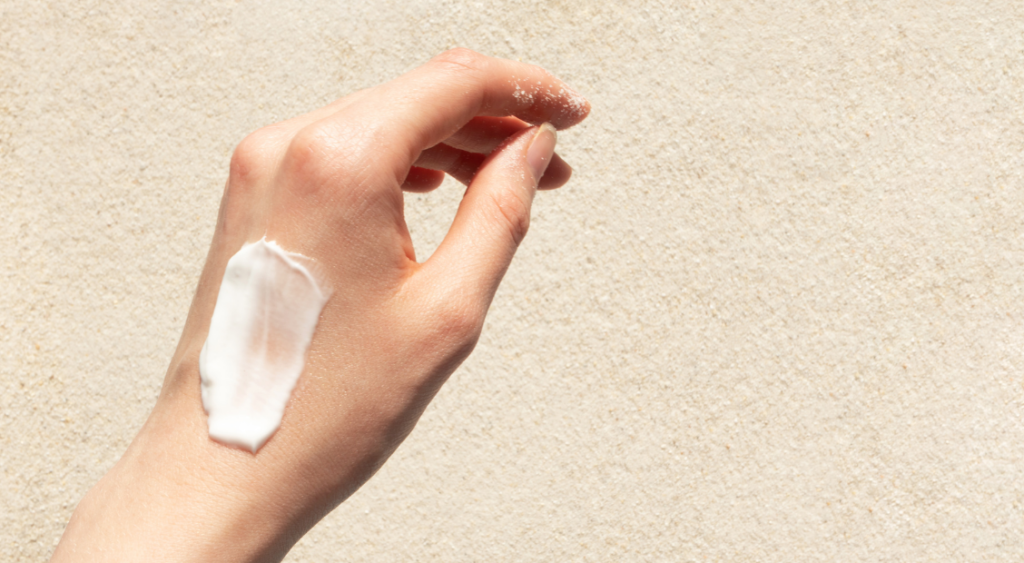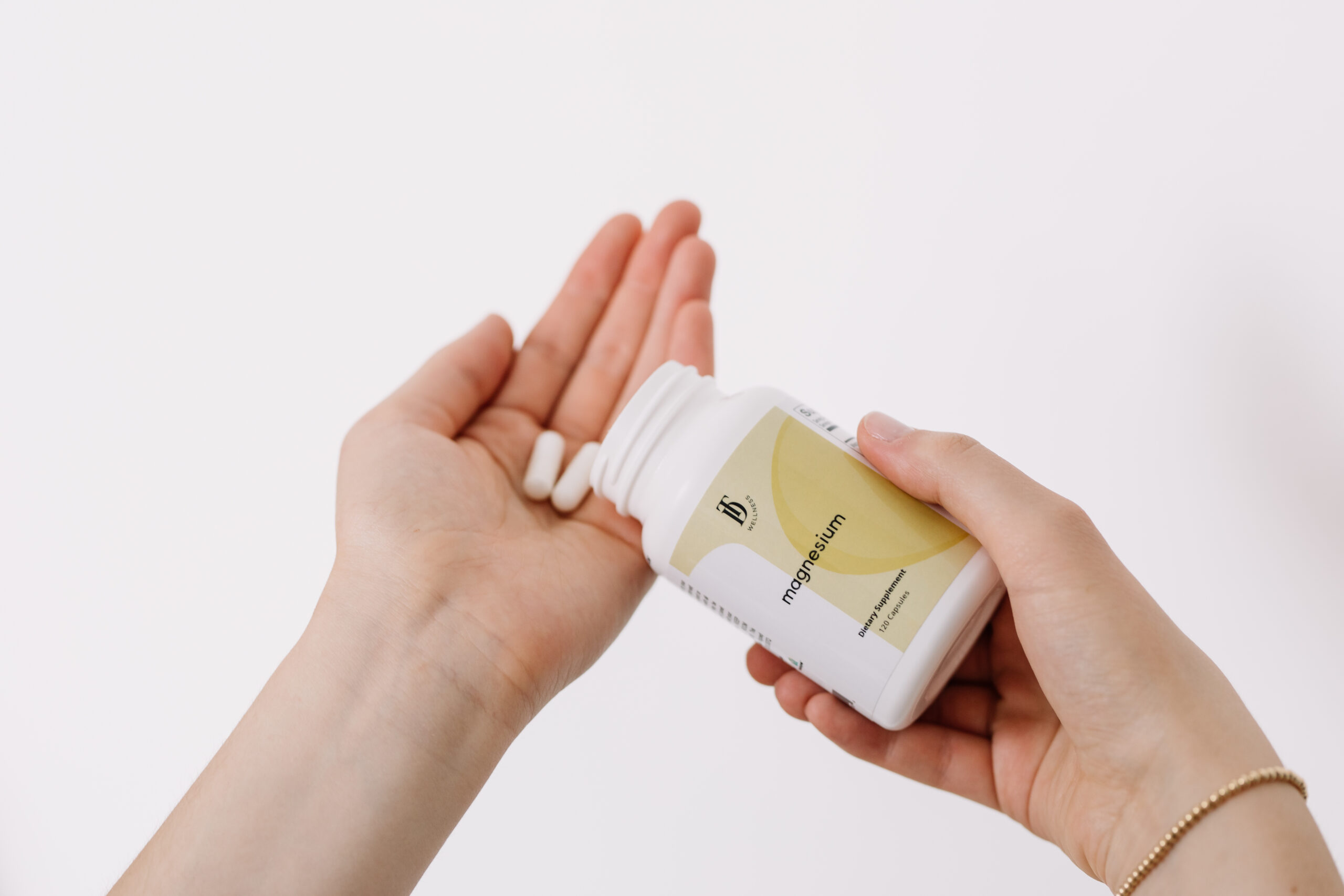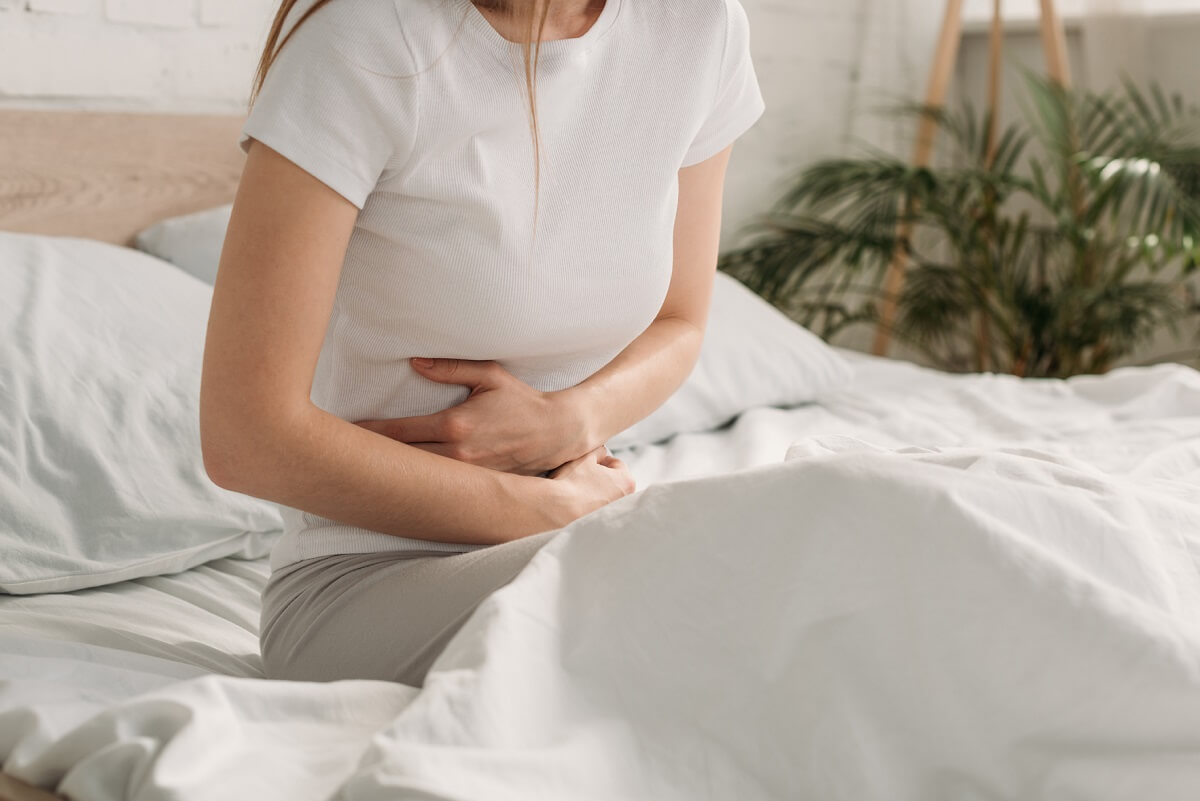Summer Sun and Skincare

Summer sun and skincare can be a polarizing topic in the health world. There are extreme opinions on all sides – Never walk out of the house without your sunscreen! Never wear sunscreen!
The world of skincare and smart sun exposure can be confusing to navigate. Too much and too little sun exposure both pose risks. My hope is to provide you with balanced, approachable, and practical information which you can use to make an informed decision on what’s best for you and your family.
Let’s start with learning a little more about the types of sun rays as well as the benefits and drawbacks of each.
UVA and UVB Sun Rays:
The sun gives off ultraviolet (UV) rays, which ultimately facilitate both positive and negative chain reactions.
UVA rays have a longer wavelength and penetrate deeply into the skin. UVA rays are responsible for most of the serious negative effects we associate with sun exposure – skin aging, damage to cell DNA, and even cancer.
UVB rays are shorter in wavelength and therefore do not penetrate as deeply. They are responsible for skin reddening and burning. UVB rays are also the most effective at facilitating the production of Vitamin D in the body.
It’s important to know that even if you do not get sunburn, you can still suffer sun damage – even at the DNA level – due to the sun. Also, note that many sunscreens are protective from only or mostly UVB rays but not from the more dangerous UVA rays.
Positives and Negatives of Sun Exposure:
Sun exposure risks:
- Can cause skin reddening, rash, and/or burn
- Can damage skin
- Can expedite skin aging
- Can damage DNA
- Can eventually lead to cancer
Sun exposure benefits:
- UVB exposure initiates chemical and metabolic reactions that produce vitamin D in the body
- Helps set a healthy circadian rhythm
- May be preventative of certain autoimmune conditions
- Appropriate exposure can actually reduce risk of melanoma
- Increases blood levels of natural opiates called endorphins
Cancer and Sun:
It’s important to understand the relationship between skin cancer and the sun as well as differentiate between types of skin cancers.
Nonmelanoma skin cancers including basal and squamous cell carcinomas are often due to UV radiation damage via long-term sun exposure and/or tanning beds. These types of skin cancers are usually not life-threatening, especially if caught early. Squamous cell carcinomas can grow deeper into the skin and spread to other parts of the body if left untreated.
Melanoma is the third most common skin cancer and the most difficult to treat. It is actually more associated with hormonal imbalance than sun exposure. It is linked with high estrogen levels, and it’s often found on non-sun-exposed parts of the body.
My Approach to Safe Sun Exposure:
When it comes to best practices for safe sun exposure, I like to stay away from absolutes such as “never wear sunscreen” or “always wear sunscreen.”
Instead, I encourage clients to take it on a case-by-case basis. Consider how long you’ll be in the sun, what time of day, genetic predispositions, tone of skin, whether or not you’ve been in the sun leading up to that point, etc.
I believe firmly in increasing your skin’s resilience to the sun. This can be done interiorly through the foods you eat (or don’t eat!) as well as topically via sunscreen or clothing, etc.
Here are a few ways I encourage clients to increase sun tolerance and resilience:
- Eat a nourishing diet full of nutrients, a wide array of antioxidants, and healthy fats (more on this below!).
- Regulate stress, as stress can increase inflammation, leaving you more susceptible to sun damage.
- Get unfiltered sun directly to the skin during the morning hours (sans sunscreen!), as this will increase your tolerance for the stronger sun rays later in the day.
- Build protective melanin before beach trips or longer stretches in the sun. Gradual sun exposure is easier on the skin than a lot of exposure at once without any previous exposure.
- Regular sun exposure in small doses is healthy for both the skin and the body.
- Do not let your skin get to the point of burning.
- If you plan to spend a significant amount of time outside, use a high-quality, non-toxic sunscreen (more on that below!), wear hats, and/or wear sun-protective clothing.
Sunscreen: How to Choose:
I am a big fan of non-toxic sunscreen, just not all the time. Sunscreen blocks the UVB rays that are responsible for stimulating Vitamin D production. Constant use of sunscreen can lead to not enough Vitamin D in the body.
My other main concern with sunscreen is that most formulations are filled with toxic chemicals, carcinogens, fragrances, endocrine disruptors, and more. In fact, the aluminum in many sunscreens may even lead to oxidative damage in the skin, which can actually increase the risk of cancer.
Additionally as mentioned above, many sunscreens are highly protective of UVB rays (which cause sunburns) but not of the UVA rays, which are the more dangerous cancer-causing sun rays! This is why I am against sunscreen that has unbalanced UVB/UVA protection. Pro tip, always go for a broad spectrum mineral sunscreen.
Here is what I stay away from when it comes to sunscreen:
- Parabens/paraffin
- Parfum/fragrance
- Oxybenzone/avobenzone
- Benzene
- Phthalates
- Octisalate/homosalate
- PFAs/PFOAs
- Octocrylene
- Retinyl Palmitate
- Titanium Oxide
- Aerosol
Here is what I look for:
- Simple ingredients
- Non-nano zinc
- Mineral sunblock only
- UVA/UVB broad-spectrum protection
Here are a few favorite brands:
- Primally Pure (use code TAYLORDUKES) – They have both cream and stick options (as well as lip protection!), and this is basically all I use for my entire family these days!
- Badger Balm
- Ilia Super Serum Skin Tint (I wear this as makeup that also has SPF)
- Babo Botanicals
- Little Hands Hawaii
- Raw Elements
Eat to Beat the Burn:
While you cannot eat your way to complete sun protection, you can certainly strengthen your skin’s resilience to the sun and improve your tolerance.
Here’s how:
- Hydrate optimally. Dehydration can increase your risk of adverse sun reactions. I love to hydrate with Quinton minerals and LMNT.
- Real + whole foods. It always gets back to this, doesn’t it?! Eat a low-inflammatory, balanced, real-food diet that is rich in variety.
- Consume an abundance of antioxidants. Polyphenols and inflammation-fighting antioxidants (which fight against the oxidative effects of the sun!) can be found in foods and drinks like green tea, berries, deep-colored vegetables, and more.
- Focus on quality fats, especially those that are rich in protective Omega 3’s. My favorite foods that are high in quality fat include salmon, eggs, olive oil, pine nuts, macadamia nuts, avocado, and grass-fed butter.
- Cut inflammatory vegetable and seed oils as well as sugars, especially when you know you’ll be spending a significant amount of time in the sun
- Focus on Vitamin D and E-rich foods. These vitamins help fight oxidative stress, improve immune response, and lower inflammation. They are found in SMASH fish (salmon, mackerel, anchovies, sardines, and herring), nuts and seeds, pumpkin, peppers, and full-fat dairy such as in grass-fed butter.
A final note on sun and skin:
Safe sun exposure is a nuanced topic. The relationship between sun exposure and skin cancer risk is not purely cause and effect. There are so many other factors including genes, skin type, diet, “dose” and timing of sun exposure, and more. I hope the information above gives you a solid footing when making decisions for yourself and your family on how to approach sun exposure safety from one situation to the next.
Stay Updated With Exciting News at Taylor Dukes Wellness!
We are always working on new ways to serve you on your health journey. Be the first to know about new offerings, health articles, and more by clicking here and filling out your information so we can be in touch.
Share This Post:
Your Wellness Deep Dive
- Be the first to learn about new healthy living resources, blog posts, and exclusive TDW offerings by getting on my insider list.
- Find healthy living products with ingredients you can trust – the same ones I personally use for myself and my family – in the TDW Shop. Check out our protein powders, electrolytes, supplements, and more!
- Get personalized support through the TDW Community. When you become a member, you get access to functional medicine expertise from me and my team, functional medicine lab testing and 1:1 consults, a digital library of exclusive wellness content, live monthly Q&As with me, and so much more!
YOU MAY ALSO LIKE:
Helping you get your gut right, improve energy, boost immunity, balance hormones, sleep better and look + feel your best
DISCLAIMER
PRIVACY POLICY
TERMS + CONDITIONS
ACCESSIBILITY
© 2025 Taylor Dukes Wellness
LEARN
SHOP
ABOUT
TDW Community
Free Guides
Blog
TDW Store
Fullscript
About Taylor
Press
Contact
COOKIE POLICY
SITE CREDIT
Trusted Products



